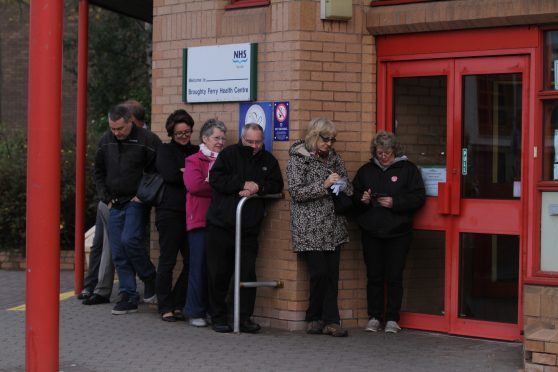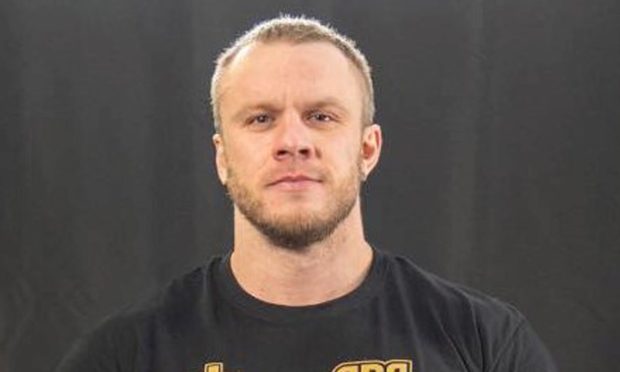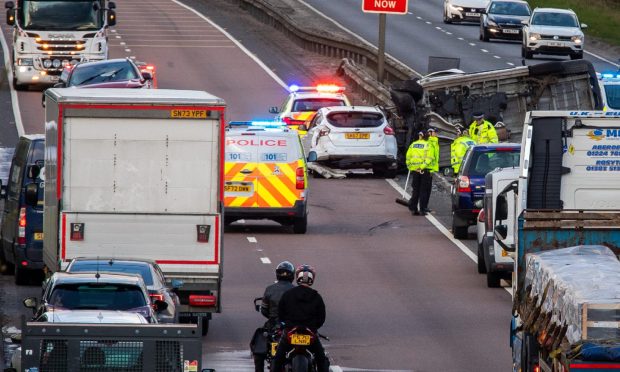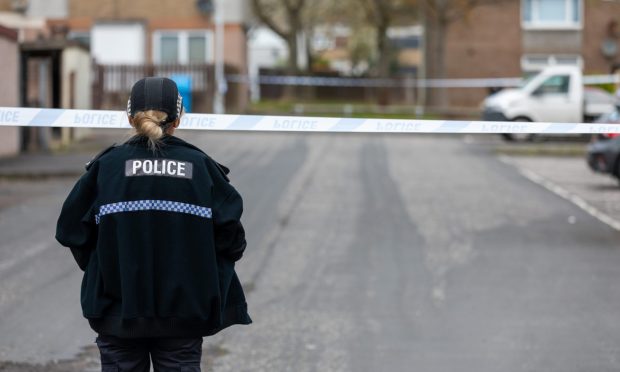Doctors’ surgeries in Fife and Tayside are dealing with patient lists which are among the biggest in Scotland.
Practice lists in both regions were above the national average, prompting calls for action to tackle what was described as a growing GP crisis.
Surgeries in the NHS Fife area had an average of 6,827 patients, the fourth highest in the country, and those in NHS Tayside area had 6,580, the fifth highest, according to figures released by ISD Scotland.
The Scottish average was 5,961.
In both areas patients often face a long wait to see their GP and have been seen queuing outside health centres before they open for appointments.
Mid Scotland and Fife Labour MSP Claire Baker said: “The ISD figures highlight what we have known for some time now, Fife is facing a growing GP crisis and action needs to be taken.
“Whilst nobody doubts the care being received by patients when they do get an appointment, they deserve to be been seen quickly by their regular GP.
“However, with Fife’s practice numbers being significantly higher than the national average there will be consequences, especially increased waiting times.
“We have seen GP practices close, an increase in the use of locums to cover for a lack of GP doctors and patients moved from practice to practice.
“We need to see a genuine guarantee from the Scottish Government that they will address struggling GP services throughout Fife.”
To compound the problem, a number of Fife practices are struggling to recruit GPs.
Kirkcaldy and Cowdenbeath Labour MP Lesley Laird said NHS Fife told her in November that 11 of 55 practices in the region had vacancies.
She said: “The Scottish Government’s GP recruitment and retention programme failed to bring in any new GPs to Fife last year and that’s a worrying situation, not only because many of our GPs are approaching retirement but also because they’re coping with the medical needs of a sharply rising elderly population.
“While multi-disciplinary teams are being used to help patch those vacancies meantime, it is apparent staffing levels for front-line services will need to be bolstered to adequately meet the needs of patients, help ease pressure on hard-working NHS staff, and prevent an escalation of cases coming through A&E.”
Dr Frances Elliot, NHS Fife medical director, said: “In line with the rest of Scotland, Fife is experiencing challenges in recruiting to some GP vacancies.
“Within our role with the Fife Health and Social Care Partnership we are working closely with GPs to support practices in maintaining and improving patient care.
“For example, the formation of GP clusters is a forward thinking initiative that brings together GPs from across Fife to consider the challenges faced by general practice, and find the best possible solutions for patients.
“When looking at the average number of patients per practice it is important to consider that some practices are more affected by recruitment issues than others, and that patients from a practice in Kirkcaldy were recently reassigned when a replacement GP was unable to be recruited, following a resignation.
“In addition, across a number of practices, additional pharmacists and advanced nurse practitioners have been employed to support GPs and take on elements of their work. These new roles are not reflected in the statistics.”










